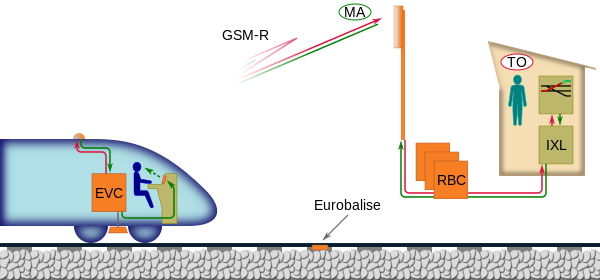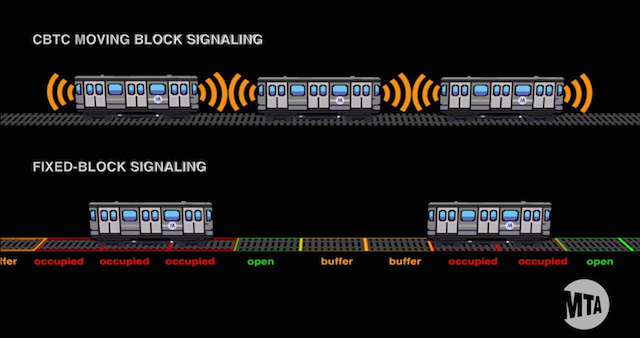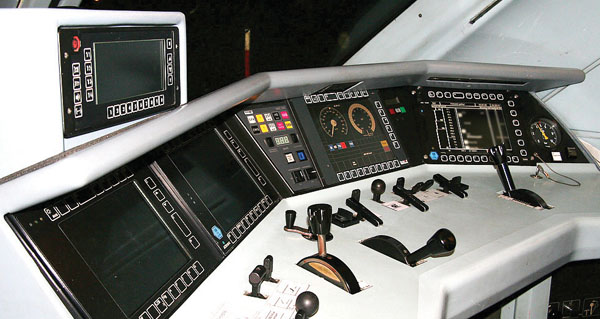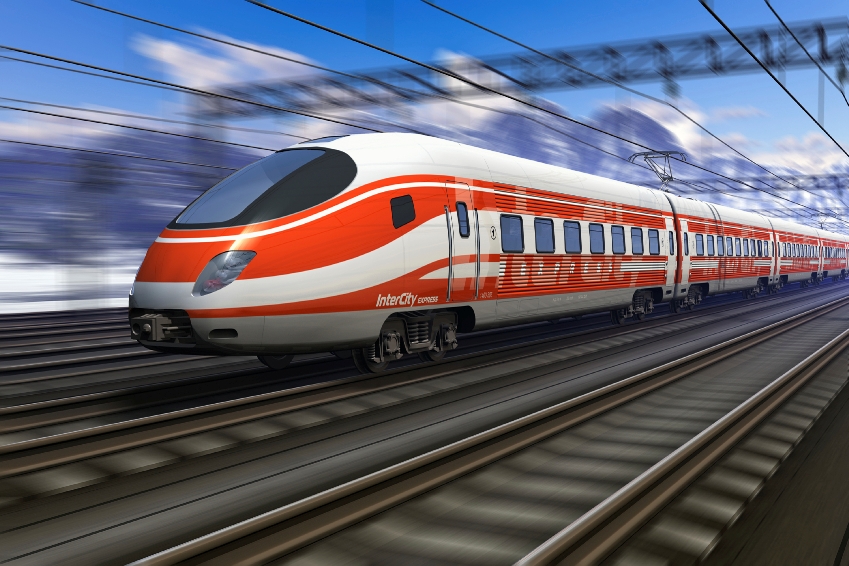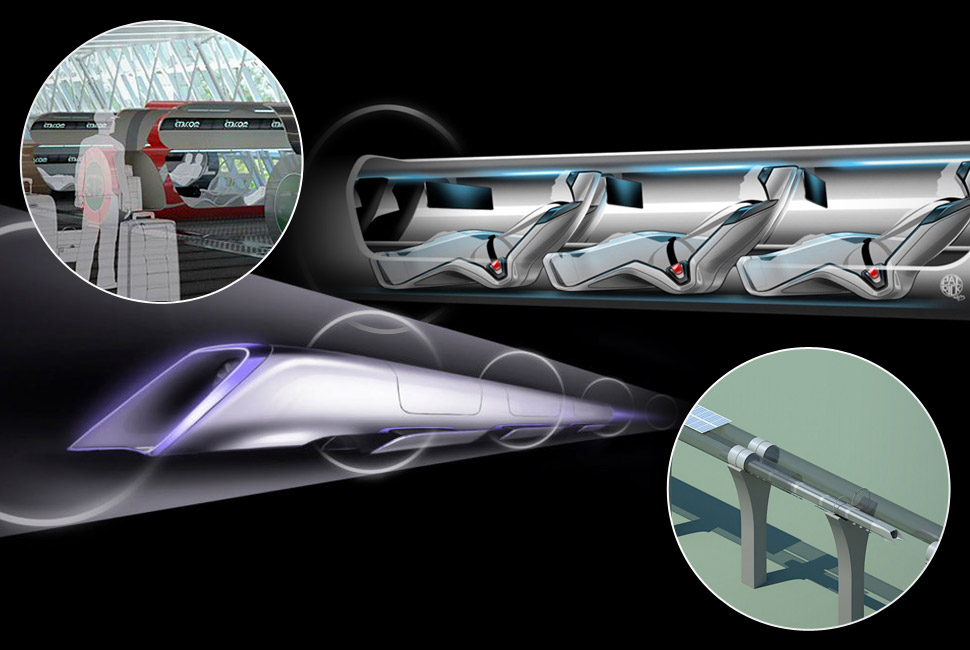The basic aim for the ERTMS REGIONAL concept is to enable cost saving solutions for signalling on regional and local lines when renewing or introducing signalling equipment on such lines. The ERTMS REGIONAL concept and idea is a trackside development of specifications and systems based on the interoperable and standardised communication with the rolling stock over the air gap specified and referred to in the CCS TSI specifications.
The trackside equipment standard of the main lines ( especially train detection systems) will be too expensive and even economically not feasible for the secondary lines. Using the same on board system as on main lines, ERTMS REGIONAL provides a solution which allows a significant reduction of trackside investments for those lines. Over and above, this approach also allows a smooth changeover from secondary lines to main lines as it is only a level change within the same system (for example secondary lines connected to main line stations).
Unlike ETCS level 3 the ERTMS Regional scheme is not supposed to operate with moving blocks. Instead it uses radio-based interlocking to lower the amount of track-release signalling devices.
The ERTMS REGIONAL is basically a trackside development by means of a centralised control, using the GSM-R system to operate the relevant objects (points, level crossings, key locks, shunting areas etc) in the infrastructure. In the centre itself called TCC (Traffic Control Centre) the RBC (Radio Block Centre), CTC (Centralised Traffic Control) and the interlocking functions are integrated. A calculation has shown that ERTMS REGIONAL could allow cost savings in the range of 20 – 35 % for the operation of regional lines compared to the existing signalling equipment.
The ERTMS Regional standard explicitly states that the track should not be equipped with any other automatic train protection system. Only the provisions of ERTMS Regional should be used for train protection / collision avoidance.
The central element of ERTMS Regional is the specification on the Train Control Center (TCC). This computer system takes over the functionality of Interlocking, ETCS Radio Block Center (RBC) as well as automatic planning and track management.
All communication between ERTMS Regional track equipment and the trains is done with GSM-R. Track-side elements like switches, derailers, level crossings, block signals, moveable bridges are equipped with an Object Controller OC that connects directly to the Train Control Center.
In opposite to other ERTMS variants, ERTMS Regional does not require GSM-R coverage everywhere. There is no automatic protection against collision with cars accidentally lost by other trains. ERTMS Regional has a fairly low speed limit, and is meant for railways which today has no automatic train protection system, only manual supervision and optical signals.
The ERTMS Regional project was started at the end of the 1990s under the name ETCS LC (Low Cost). In recent years, its development was pushed by the Swedish Rail Administration in cooperation with the UIC organization. Standardization reached a point in 2009 that the Swedish Rail Administration ordered the equipping of a pilot railway track on the West Dalarna Line between Malung and Repbäcken in Sweden. The 143 km single-track line linking Repbäcken near Börlange with Malun has been equipped under a framework contract awarded in 2005 which covered both the development and installation of ERTMS Regional. The first equipment was installed in 2008, and test trains began running in 2010. Following extensive testing and a three-day closure for final commissioning, the equipment was put into full commercial operation on February 21.
The former manual dispatching arrangements have been replaced by a computer-based ‘traffic control centre’ in Börlange, which combines the interlocking and RBC functions. This is controlled remotely from the regional dispatching centre at Gävle. Seven object controllers have been provided to operate turnouts at the stations along the route, connected to the TCC using various links and TCP/IP protocols.
Under Level 3, the trains report their position to the TCC every 6 sec, using on-board odometry which is reset by balises at intervals, and receive movement authorities in return. At present train integrity is supervised by the drivers, but an end-of-train detector is under development.
Although ERTMS Regional is designed for moving block, Trafikverket has specified a ‘virtual fixed block’ application to simplify the changes to its operating rules. Pairs of balises and marker boards are provided at each station, with intermediate balises every 5 km along the line, allowing trains to follow each other through a single line section. Trials with moving block are to be undertaken in the next few months.
With the pilot line now in full operation, Trafikverket is planning to roll out ERTMS Regional to further secondary routes. Contracts are being negotiated within the framework agreement, covering the 67 km line from Bastuträsk to Skellefteå in the north of the country and the Dannemora – Hargshamm line near Gävle. According to the infrastructure manager’s Head of ERTMS Sven-Håkan Nilsson, both routes should be operational by the end of 2013 or early 2014.
Sources:
http://www.railwaygazette.com/
Did you like this post? Would you like to be informed about the last railway signalling technical and commercial news? Join us on LinkedIn and stay updated!
railwaysignalling.eu | walk the rail talk


